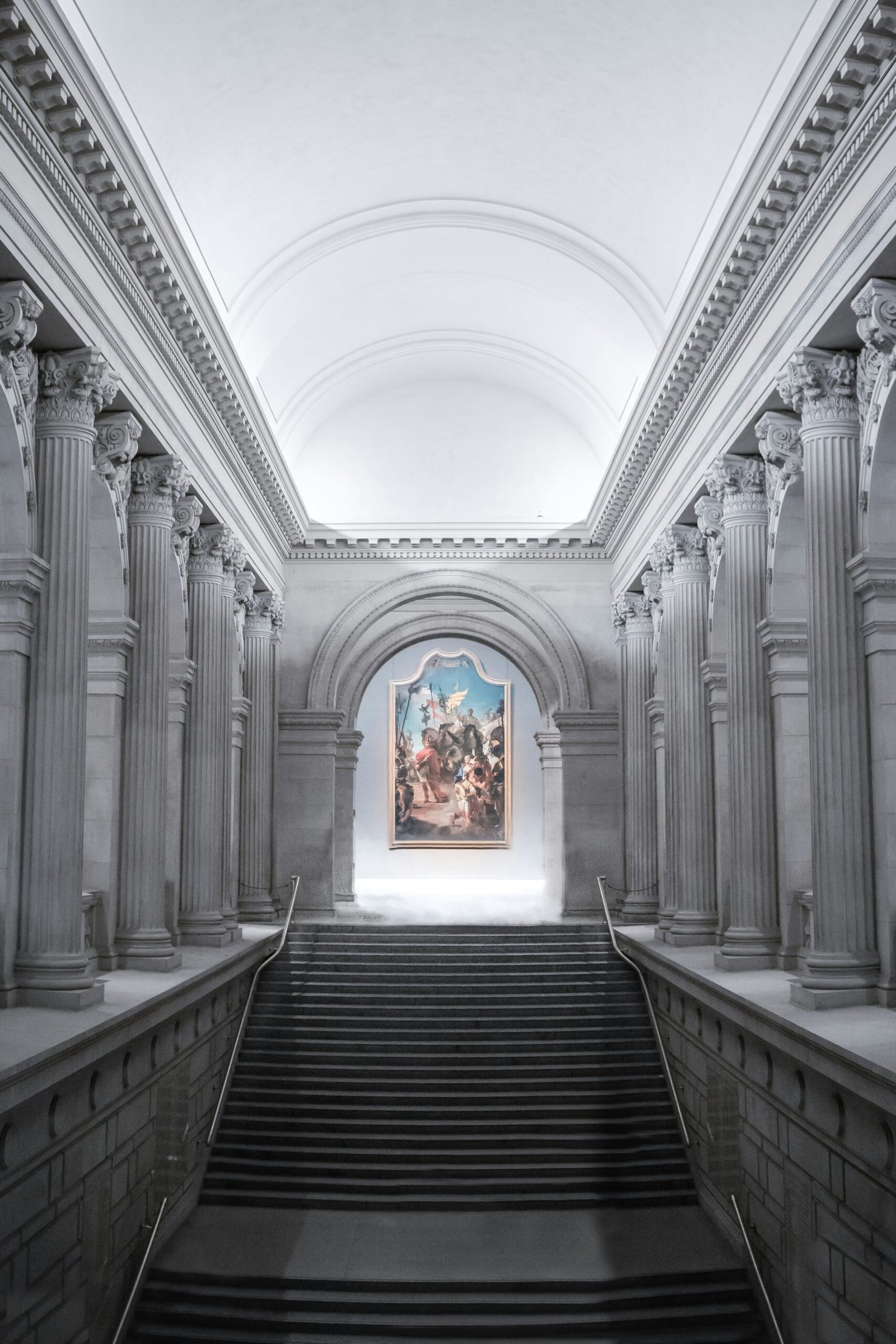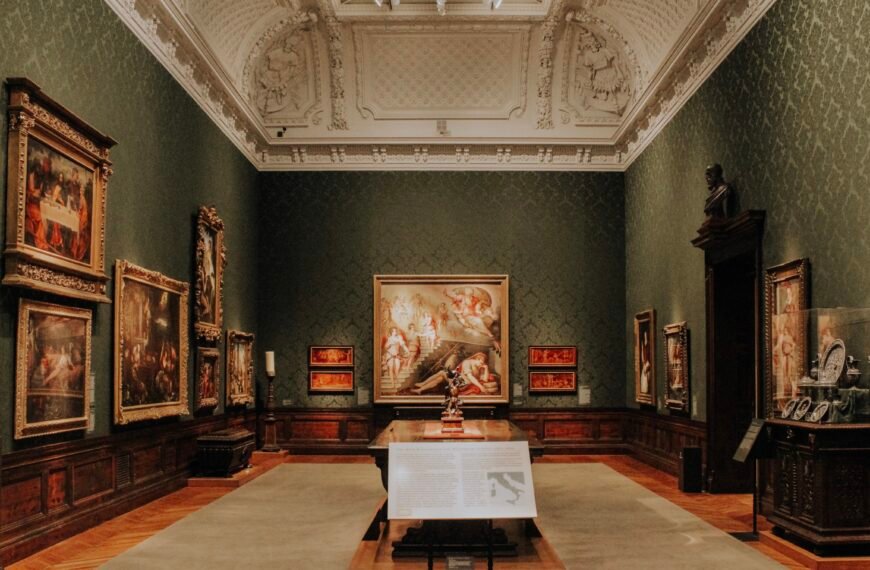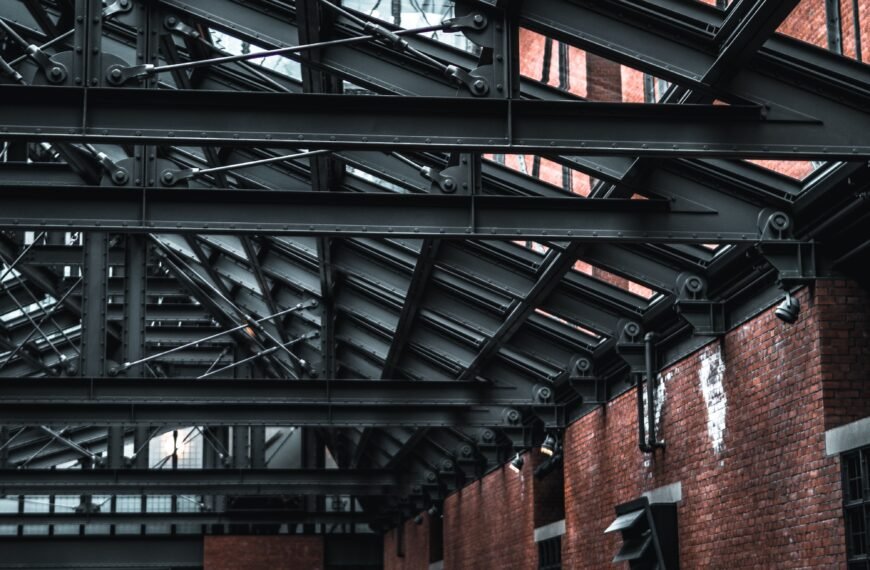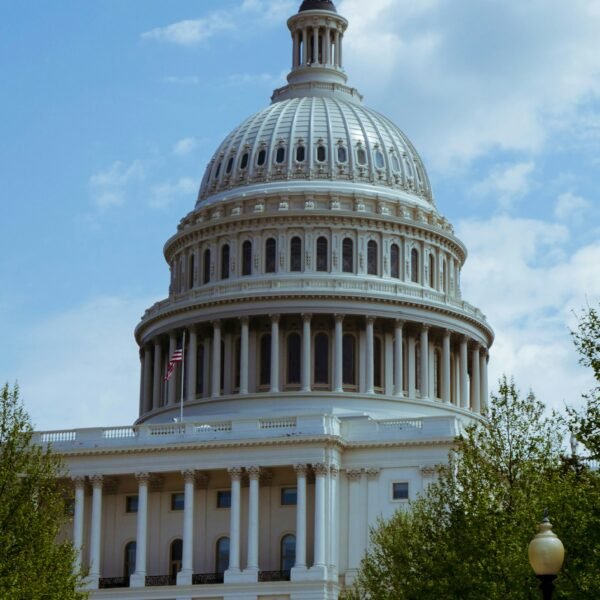Imagine a world without museums, devoid of the captivating stories, mesmerizing artifacts, and thought-provoking experiences they offer. It would be a dull existence indeed. In this article, we explore the profound significance of museums and delve into the reasons why they hold such immense importance. Whether it’s showcasing the wonders of history, preserving cultural heritage, or igniting our imagination, the museum plays an essential role in enriching our lives and fostering a deeper understanding of the world we inhabit.
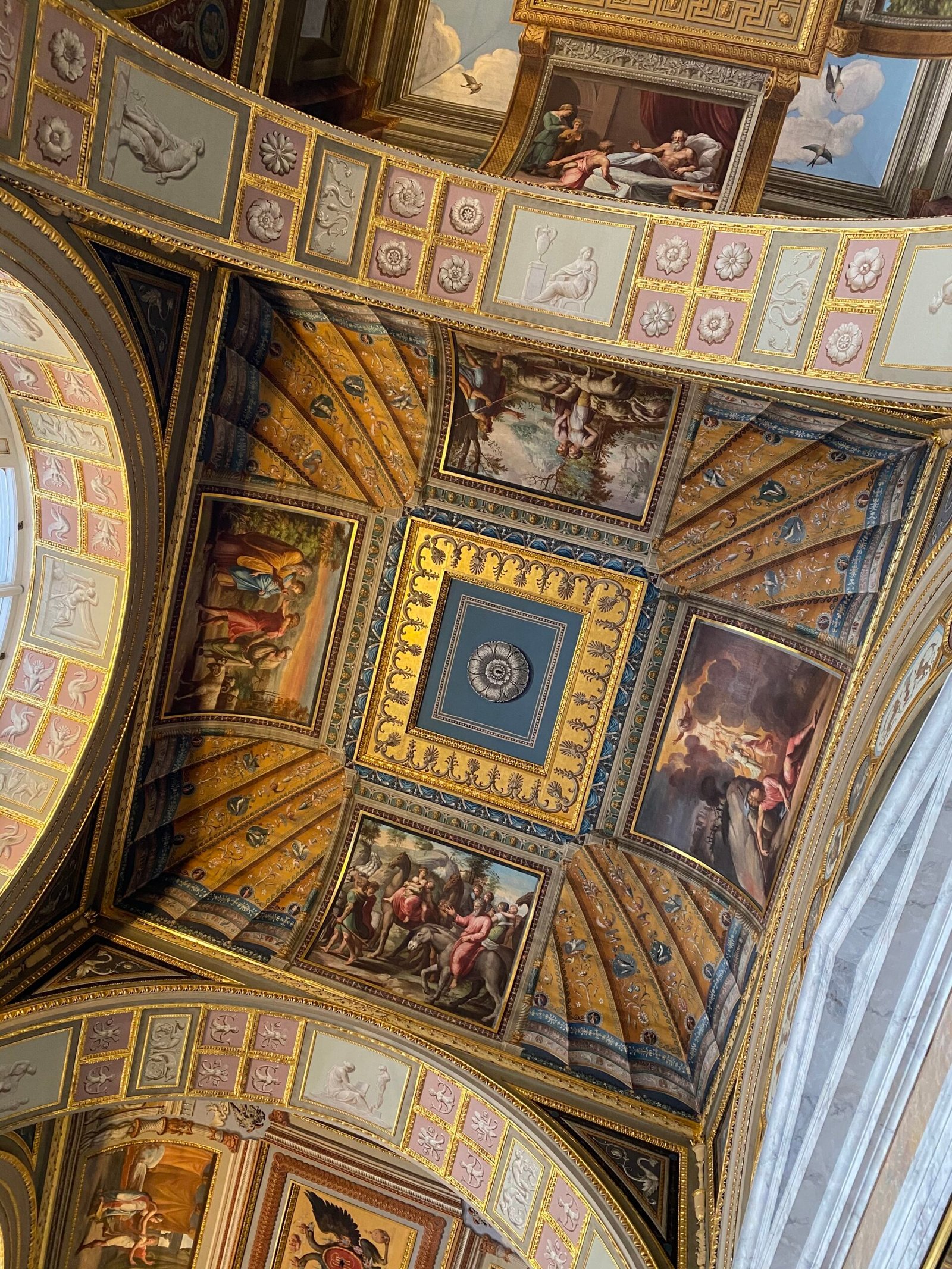
Preservation of History
Museums play a crucial role in preserving history by safeguarding and showcasing valuable artifacts. These artifacts are not only objects of historical significance but also represent the cultural heritage of communities and civilizations. Museums carefully curate and protect artifacts, ensuring their longevity for future generations. By doing so, museums prevent the loss of historical knowledge and ensure that these precious artifacts are accessible to all.
Preserving Artifacts
Artifacts are invaluable remnants from the past that offer insights into various facets of history. Museums act as custodians of these artifacts, preserving them through proper conservation techniques. From ancient pottery, weapons, and tools to intricate jewelry and textiles, museums protect and display these artifacts, enabling visitors to connect with the past. Through careful preservation, museums ensure that these objects continue to hold their historical and cultural significance.
Documenting Cultural Heritage
Museums go beyond preserving individual artifacts and also document the broader cultural heritage of societies. They collect, catalog, and curate objects that reflect the traditions, values, and practices of different communities. By showcasing these cultural artifacts, museums create an immersive experience that allows visitors to understand and appreciate diverse cultural backgrounds. This documentation of cultural heritage is critical in preserving the identity of communities and fostering cultural understanding.
Remembering Historical Events
Museums serve as repositories of historical events, allowing people to remember significant moments in time. Whether it’s a reenactment of a pivotal battle, an exhibition on a groundbreaking scientific discovery, or a tribute to a social movement, museums provide a tangible and visual representation of historical events. Through interactive exhibits, multimedia presentations, and educational programs, museums bring history to life and encourage visitors to reflect on the impact and relevance of these events in today’s world.
Education and Learning
Museums are powerful educational institutions that provide unique learning opportunities for people of all ages. They offer a wide range of resources and programs that contribute to the holistic development of individuals and communities.
Exposing to Different Cultures and Perspectives
One of the most significant benefits of museums is the exposure they provide to different cultures and perspectives. Through their diverse collections, museums allow visitors to explore the rich tapestry of human experiences across time and geography. By encountering different cultural practices, traditions, and artistic expressions, visitors develop a broader understanding of the world and cultivate empathy towards others.
Encouraging Critical Thinking
Museums are fertile grounds for critical thinking and intellectual exploration. They challenge visitors to analyze and interpret the information presented, fostering a deeper understanding of historical events, artistic movements, and scientific discoveries. Museums often present multidisciplinary narratives that encourage visitors to question preconceived notions and develop their analytical and problem-solving skills.
Promoting Lifelong Learning
Museums are dynamic learning environments that cater to people of all ages. They offer various educational programs, workshops, and guided tours that engage visitors in immersive experiences. Whether it’s a children’s exploration area, expert-led lectures, or hands-on activities, museums provide opportunities for visitors to expand their knowledge, develop new skills, and cultivate a love for lifelong learning.
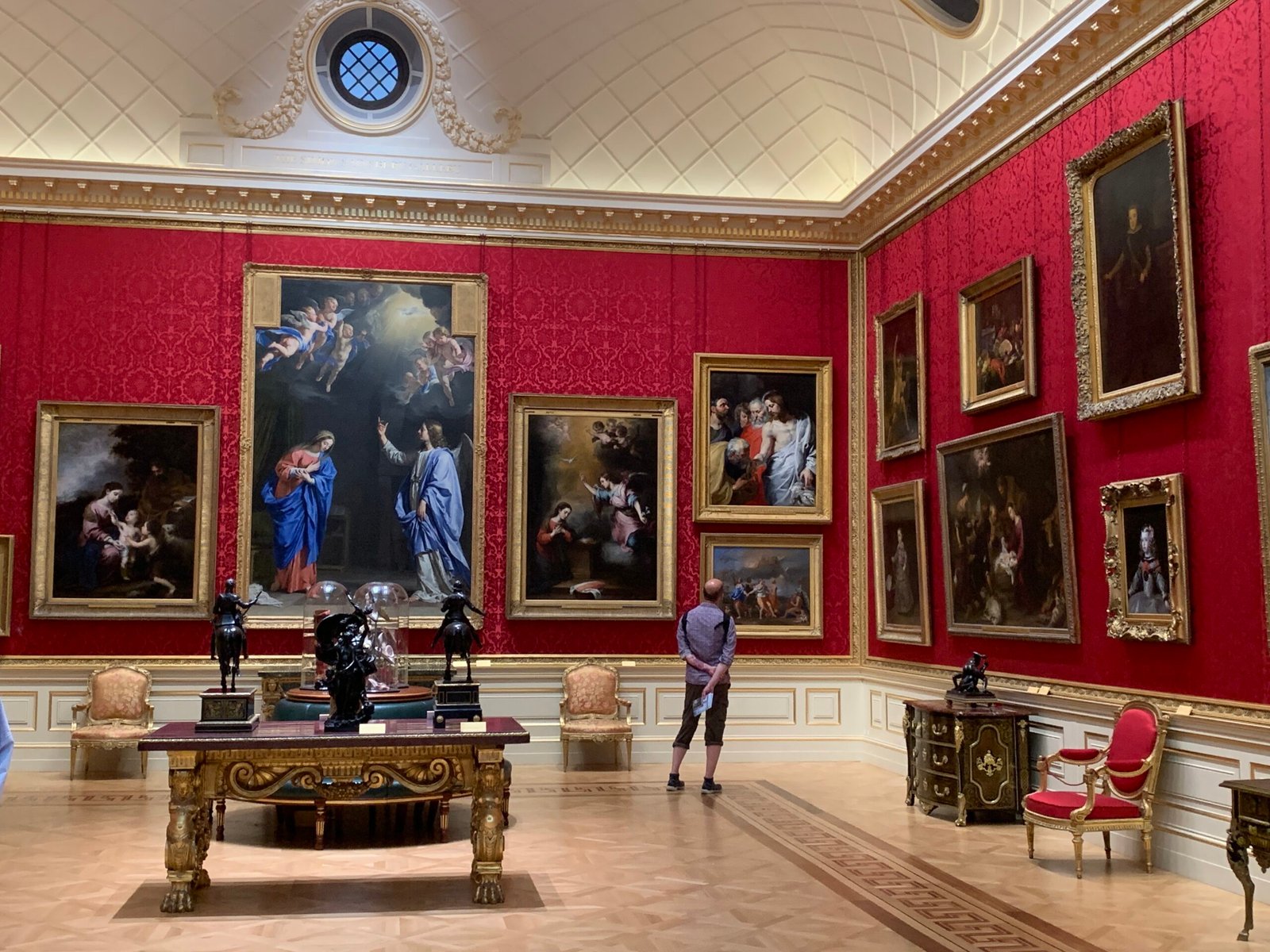
Promotion of Art and Culture
Museums are essential promoters of art and culture, acting as platforms to showcase diverse artistic expressions and support creative endeavors.
Presenting Visual Arts
From classical masterpieces to contemporary installations, museums exhibit a wide range of visual arts. They provide a platform for artists to present their works to a larger audience, fostering appreciation and understanding of different artistic styles and movements. Museums often organize curated exhibitions that highlight specific art forms or explore parallel themes, allowing visitors to engage deeply with the art and the stories it tells.
Displaying Traditional Crafts
Museums play a significant role in preserving and promoting traditional crafts. By showcasing intricate handcrafted objects, traditional textiles, and indigenous artworks, museums celebrate the cultural heritage of communities. Through these exhibitions, museums not only preserve traditional knowledge but also provide economic opportunities for artisans by creating market demand for their craftsmanship.
Supporting Contemporary Artists
In addition to preserving historical art, museums actively support contemporary artists by providing exhibition spaces and resources. Through solo and group exhibitions, museums expose visitors to a wide range of artistic practices and foster dialogue between artists and the public. By supporting artists through residencies, grants, and art education programs, museums contribute to the growth and development of the contemporary art scene.
Community Engagement
Museums are more than just repositories of artifacts; they are community spaces that encourage social interaction and foster dialogue among people from diverse backgrounds.
Facilitating Social Interaction
Museums serve as gathering places, bringing individuals together to share experiences and engage in meaningful conversations. Visitors can connect with like-minded individuals, participate in group activities, and bond over shared interests. Museums often organize social events, workshops, and cultural festivals, creating a sense of community and promoting social cohesion.
Encouraging Dialogue and Discussion
Museums are platforms for open dialogue, encouraging visitors to engage in conversations about important social, cultural, and environmental issues. Through exhibitions and educational programs, museums provide opportunities for visitors to discuss and reflect upon these topics in a safe and inclusive environment. This exchange of ideas promotes awareness, empathy, and a deeper understanding of complex issues.
Bringing People Together
Museums act as catalysts for bringing people from different backgrounds together. They are spaces where individuals can transcend societal barriers and connect through shared human experiences. By creating inclusive environments and offering diverse programming, museums promote understanding, respect, and acceptance among diverse communities, fostering a sense of belonging and unity.
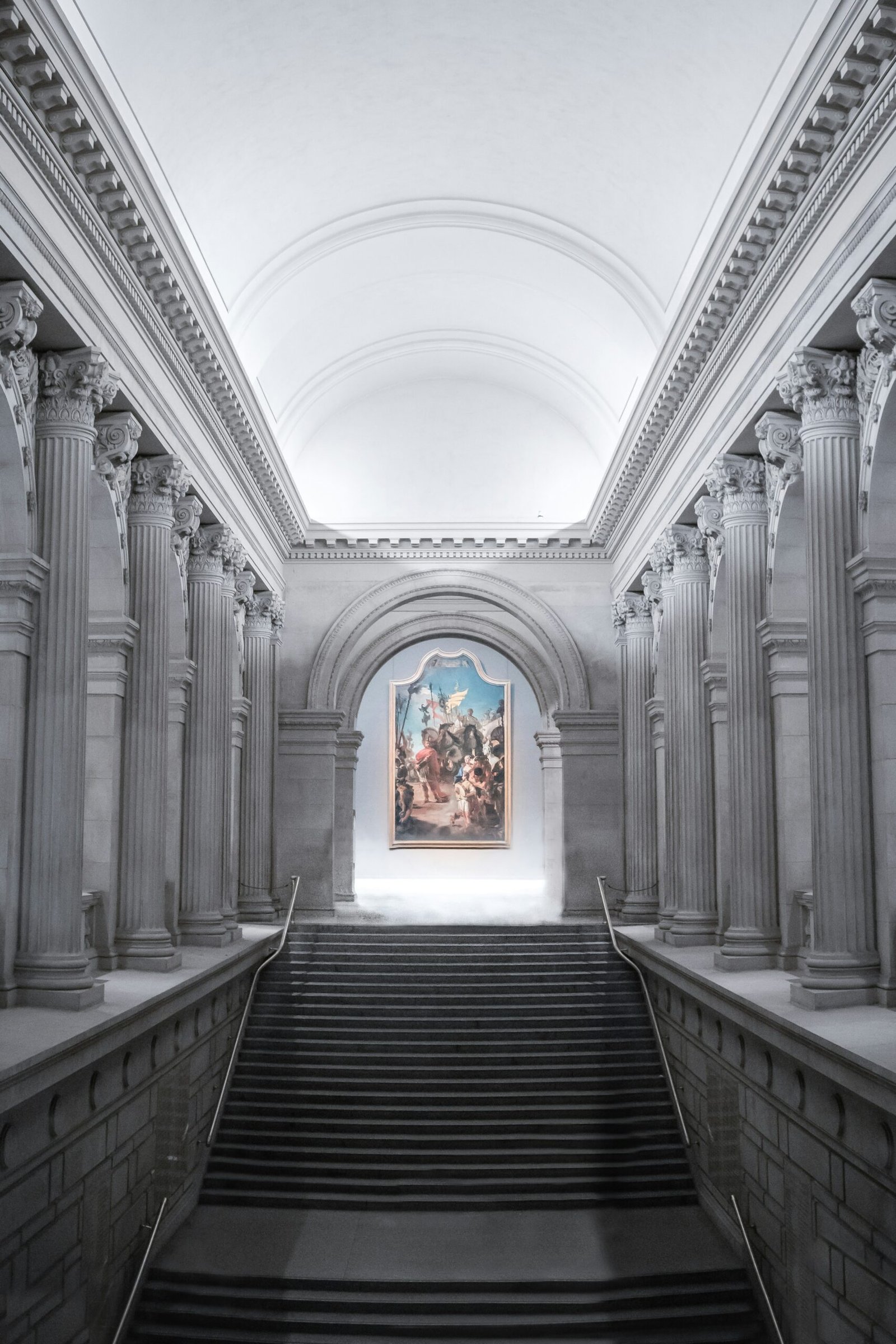
Research and Innovation
Museums are hubs of research and innovation, providing resources for academic studies, promoting scientific research, and inspiring creativity.
Providing Resources for Academic Studies
Museums house vast collections of artifacts, documents, and archival materials that serve as valuable resources for academic research. Researchers, scholars, and students can access these resources to conduct studies, analyze historical data, and deepen their understanding of various fields. Museums collaborate with academic institutions, offering research fellowships and access to specialized collections, making them invaluable partners in the pursuit of knowledge.
Promoting Scientific Research
Many museums have dedicated departments or partnerships with scientific institutions, driving research and innovation in fields such as archaeology, paleontology, and natural history. Museums conduct scientific research, collect specimens, and contribute to our understanding of the natural world. This research not only expands our knowledge but also informs conservation efforts and sustainable practices.
Inspiring Creativity and Innovation
Museums inspire creativity and innovation by presenting unique and imaginative exhibitions that challenge existing norms and push boundaries. Through interactive installations, immersive technologies, and experimental displays, museums encourage visitors to think creatively and explore new ideas. By embracing innovation and constantly evolving, museums become beacons of creativity, inspiring individuals to reimagine the world around them.
Preservation of Natural History
Museums play a crucial role in preserving the natural history of our planet, conserving fossils and specimens, documenting evolutionary processes, and creating awareness about conservation.
Conserving Fossils and Specimens
Fossils and specimens are vital evidence of the Earth’s past and the diversity of life that has inhabited it. Museums carefully preserve and maintain these fossils and specimens, ensuring their long-term conservation. By studying these artifacts, scientists can unravel the mysteries of the past, reconstruct ancient ecosystems, and contribute to our understanding of the evolution of life on Earth.
Documenting Evolutionary Processes
Museums document and present the evolutionary processes that have shaped life on our planet. Through exhibitions, educational programs, and interactive displays, museums showcase the interconnectedness of life, from the first microscopic organisms to the complex ecosystems we see today. By highlighting the delicate balance of nature and the impacts of human activities, museums raise awareness about the importance of conservation and sustainable practices.
Creating Awareness about Conservation
Museums play a crucial role in raising awareness about conservation issues, from the preservation of biodiversity to the protection of fragile ecosystems. Through exhibits, educational programs, and outreach initiatives, museums inform visitors about the threats facing our natural world and inspire them to take action. By fostering a sense of wonder and appreciation for the Earth’s natural beauty, museums empower individuals to become advocates for conservation and environmental stewardship.
Cultural Identity and National Pride
Museums contribute to the preservation of cultural identity and national pride by showcasing and celebrating local traditions and highlighting national achievements.
Preserving Local Traditions
Museums actively work to preserve and promote local traditions, folklore, and customs. By showcasing traditional clothing, musical instruments, rituals, and folklore, museums celebrate the unique cultural identity of communities. These exhibitions not only foster a sense of pride among locals but also educate visitors from other regions about different cultural practices, strengthening intercultural understanding and appreciation.
Showcasing National Achievements
Museums serve as platforms to showcase the achievements and milestones of a nation. Whether it’s the exploration of space, groundbreaking scientific discoveries, or artistic revolutions, museums present these accomplishments to the public. Through carefully curated exhibits, museums highlight the collective achievements of a nation, inspiring national pride and a sense of belonging among its citizens.
Enhancing Sense of Belonging
Museums play a vital role in enhancing the sense of belonging and identity within communities and nations. By providing spaces that celebrate local traditions, values, and achievements, museums instill a sense of pride and ownership among visitors. Museums often engage with community members, inviting them to share their stories, memories, and artifacts, creating a sense of collective heritage and reinforcing cultural identity.
Tourism and Economy
Museums have a significant impact on tourism and local economies, attracting visitors from near and far, contributing to the local economy, and creating job opportunities.
Attracting Visitors from Near and Far
Museums are popular tourist attractions that draw visitors from all corners of the world. Whether it’s renowned art museums, historical landmarks, or natural history exhibitions, museums have the power to captivate and engage tourists. These visitors provide a boost to the local economy through spending on accommodation, dining, transportation, and shopping, stimulating economic growth and development.
Boosting Local Economy
The tourism generated by museums has a ripple effect on the local economy. Supporting industries, such as hospitality, transportation, and retail, benefit from increased visitor numbers. Local businesses often thrive and expand, creating employment opportunities and contributing to the overall prosperity of the region. Museums also collaborate with local artisans and vendors, promoting their products and helping them generate income.
Creating Job Opportunities
Museums create direct and indirect job opportunities within the community. From curators, educators, and researchers to security personnel, administrators, and technicians, museums require a diverse and skilled workforce. Additionally, the influx of tourists generated by museums leads to job creation in the tourism and service sectors. By providing employment opportunities, museums contribute to the economic stability and growth of the local community.
Inspiration and Aesthetics
Museums provide inspiration and aesthetic experiences that ignite creativity, evoke emotions, and offer a space for reflection and contemplation.
Igniting Creativity and Imagination
Museums serve as wellsprings of inspiration, sparking creativity and imagination in visitors. From thought-provoking art installations to historically significant artifacts, museums present a wide array of stimuli that can trigger new ideas and narratives. By engaging with these visual, auditory, and sensory experiences, visitors are encouraged to think outside the box, explore their own creativity, and find inspiration in unexpected places.
Experiencing Beauty and Excellence
Museums offer a space where visitors can immerse themselves in beauty and excellence in various forms. From breathtaking artworks to carefully curated exhibitions, museums provide an environment conducive to appreciating and contemplating aesthetic experiences. By encountering masterpieces and witnessing exceptional craftsmanship, visitors are uplifted, and their aesthetic sensibilities are nourished.
Providing a Space for Inspiration
Museums act as sanctuaries for inspiration, offering visitors a place to retreat, reflect, and rejuvenate. They provide opportunities for solitude and introspection, allowing individuals to engage with art, history, and culture on a personal level. Museums often have tranquil spaces, such as gardens or contemplation rooms, where visitors can escape the noise of everyday life and find solace in the beauty and serenity of their surroundings.
Preservation of Intangible Heritage
In addition to physical artifacts, museums play a vital role in preserving intangible heritage — the living traditions, customs, and knowledge passed down through generations.
Preserving Oral Traditions and Performing Arts
Museums actively document and preserve oral traditions, storytelling, and performing arts. By recording and archiving songs, dances, rituals, and folklore, museums protect these important aspects of cultural heritage from being lost or forgotten. Through performances, demonstrations, and interactive exhibits, museums bring these intangible traditions to life, allowing visitors to experience the richness and vitality of these cultural forms.
Documenting Traditional Knowledge
Museums are custodians of traditional knowledge, nurturing collective wisdom that has been passed down through generations. Whether it’s traditional medicine, agricultural practices, or craftsmanship techniques, museums document these valuable forms of knowledge. By sharing and disseminating this information, museums contribute to the preservation and revitalization of cultural practices and offer insights into sustainable ways of living.
Safeguarding Endangered Languages
Museums play a significant role in safeguarding endangered languages by collecting and archiving linguistic materials. With the rapid loss of languages worldwide, museums collaborate with communities to record and document linguistic traditions, including dialects, accents, and written scripts. By preserving these linguistic treasures, museums contribute to the revitalization and maintenance of linguistic diversity, ensuring that endangered languages are not lost forever.
In conclusion, museums hold immense importance in our society and fulfill a multitude of roles. They serve as stewards of history, preserving artifacts and documenting cultural heritage for future generations. Museums promote education and learning, encouraging critical thinking and lifelong curiosity. Additionally, museums play a vital role in promoting art and culture, engaging communities, fostering research and innovation, and inspiring individuals through aesthetics and intangible heritage. Furthermore, museums have a significant impact on tourism and local economies, attracting visitors and creating job opportunities. Ultimately, museums are dynamic spaces that enrich our lives, deepen our understanding of the world, and contribute to the cultural fabric of society.

